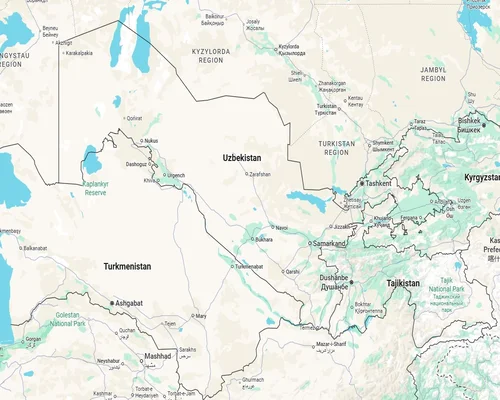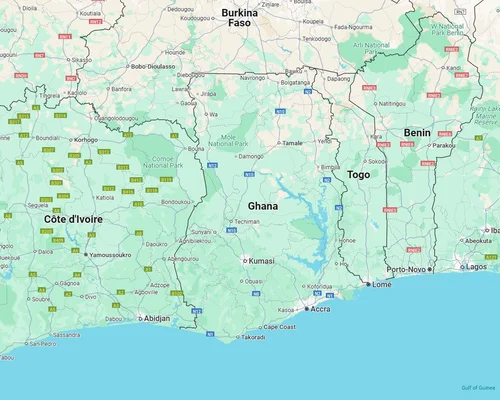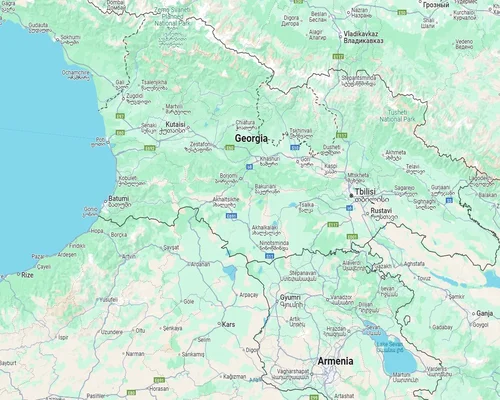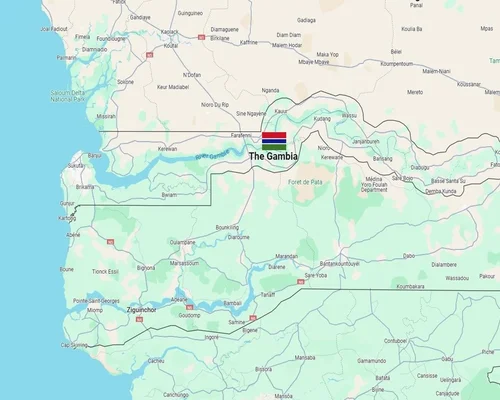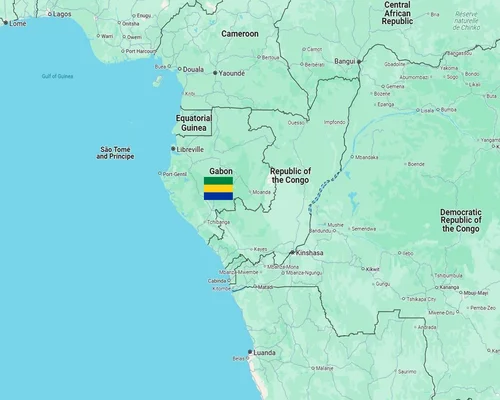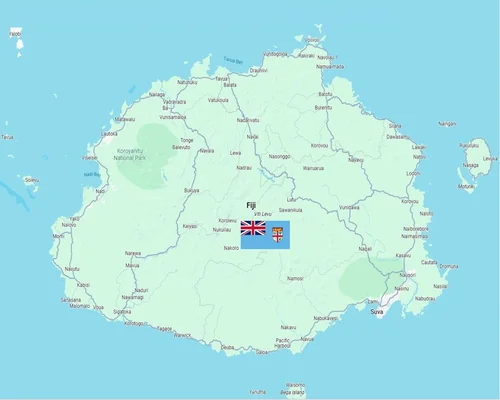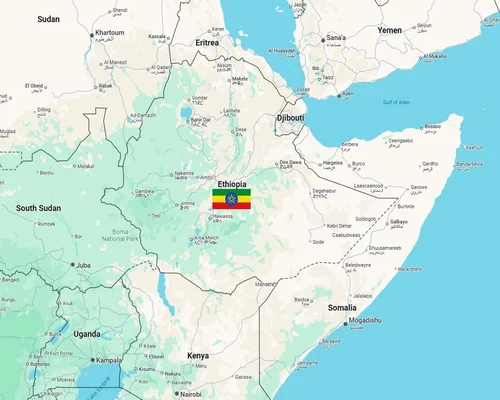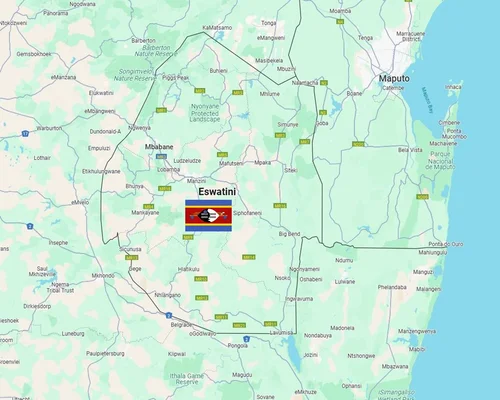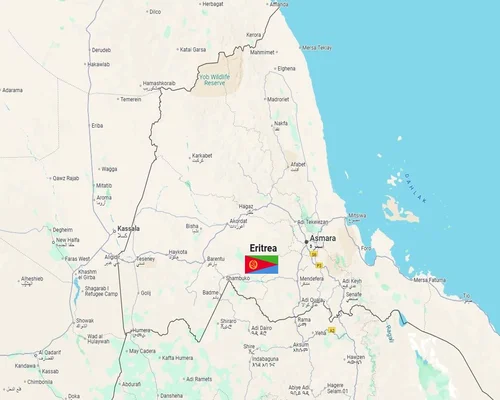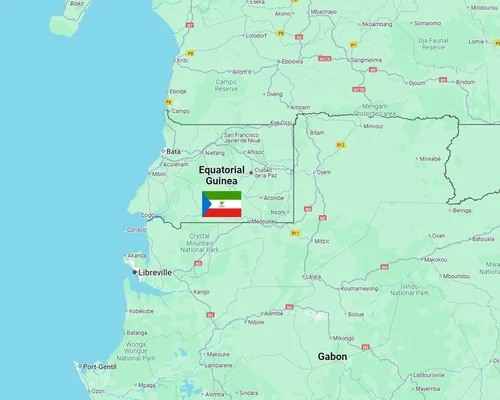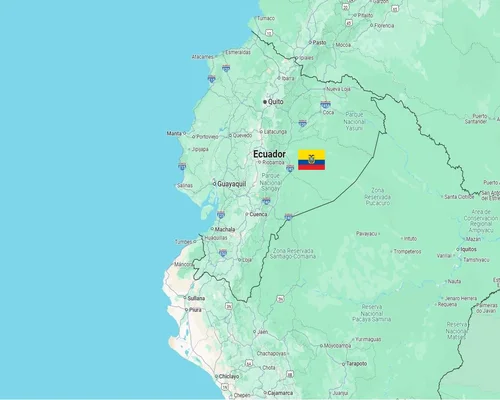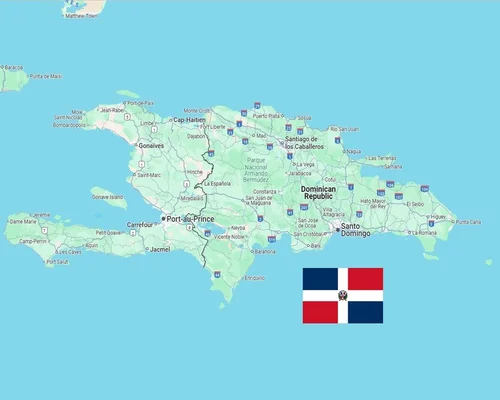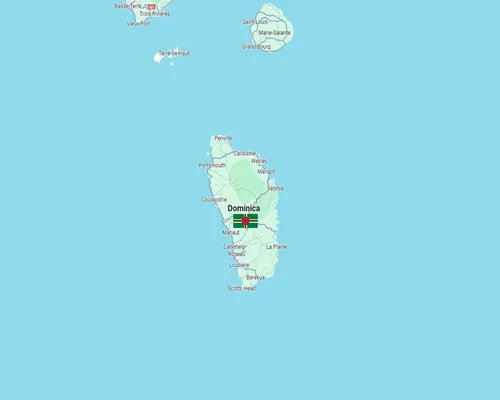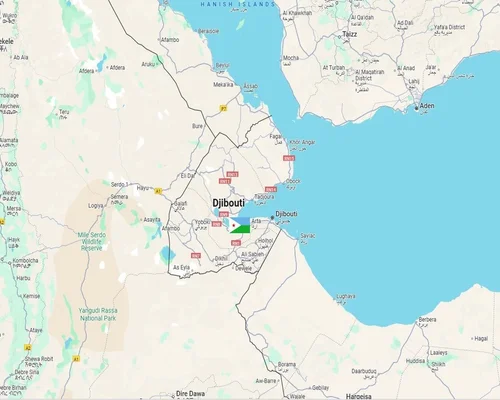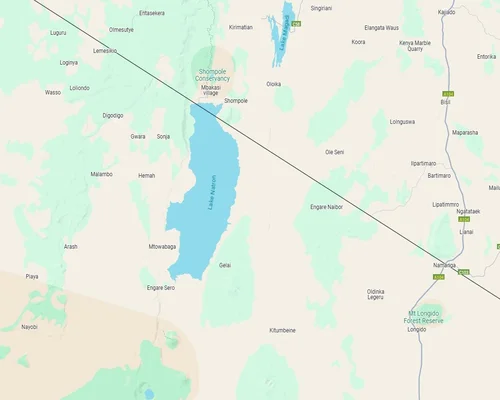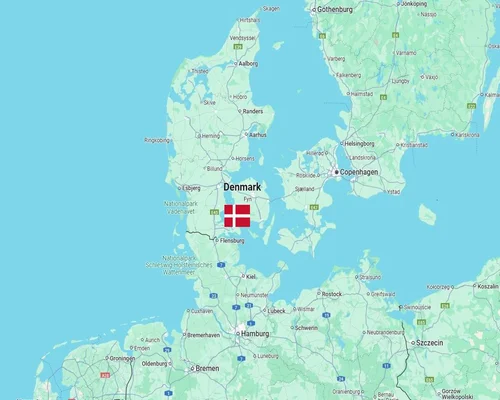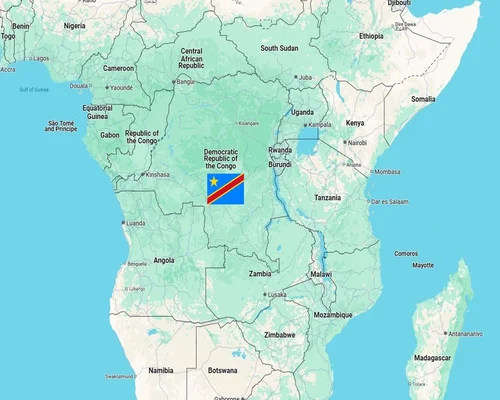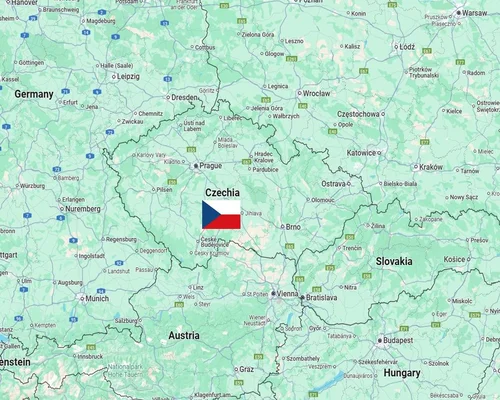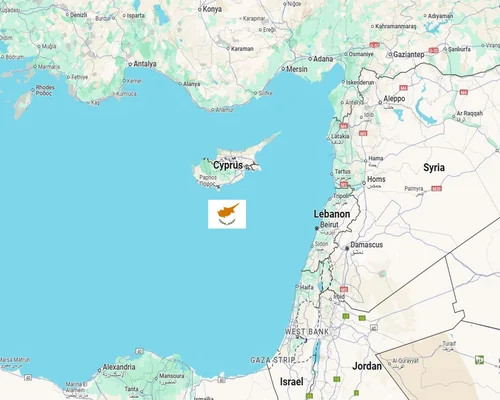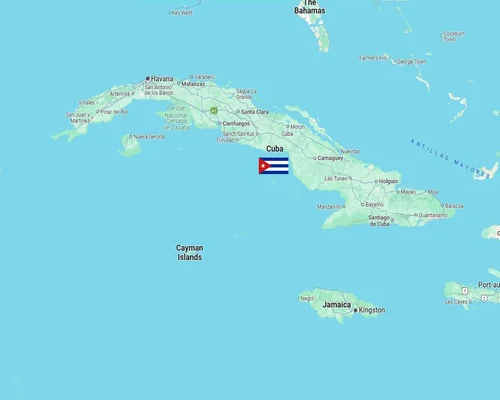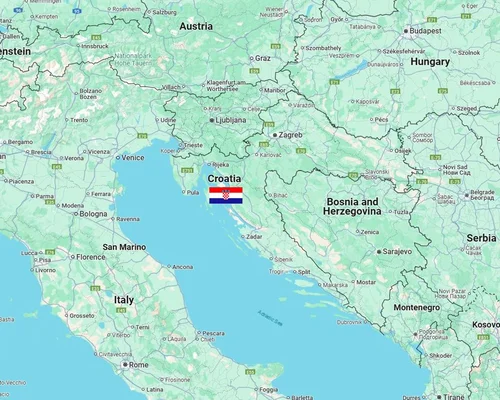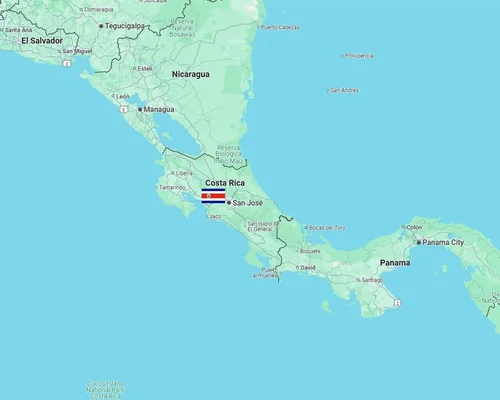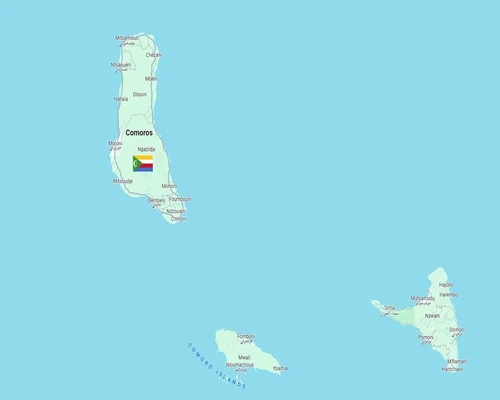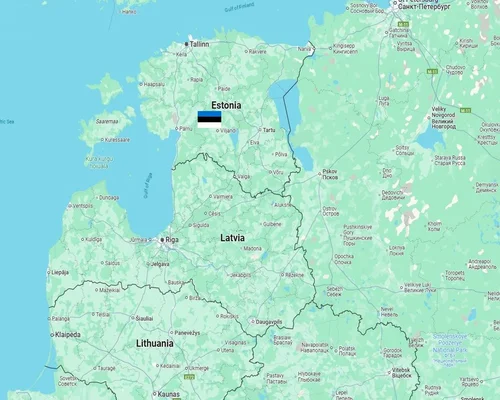
Estonia Country Facts
Estonia Country Facts
Estonia is a country in Northern Europe, located in the Baltic region. It is known worldwide for its advanced digital technology, beautiful nature, and historic architecture.
General Information:
- Capital: Tallinn
- Location: Located in the Baltic region of Northern Europe. It is bordered by the Baltic Sea to the west, Latvia to the south, Russia to the east, and Finland to the north (separated by the Gulf of Finland).
- Area: 45,227 square kilometers.
- Population: About 1.3 million (as of 2024).
- Government: Parliamentary democracy. The current President is Alar Karis and the Prime Minister is Kaja Kallas.
Language:
Official language: Estonian
English, Russian, and Finnish are also widely spoken.
Currency: Euro (EUR).
Religion: Most people are neutral or non-religious. There are also a small number of Lutheran Christians and Orthodox Christians.
National Day: 24 February (Independence Day, 1918)
History:
- Prehistoric: Human settlement around 9,000 years ago. Ancient Finno-Ugric peoples lived here.
- Foreign rule: Under Danish and German rule in the 13th century. Later under Swedish and Russian rule.
- Independence: Declared independence from Russia in 1918. Occupied by the Soviet Union in 1940 and later regained independence in 1991.
Geographical features:
- Main islands: Saaremaa, Hiiumaa, Muhu.
- Forestry: About 50% of the country is forest.
- Climate: Cold in winter and mild in summer.
Economy:
Main sectors:
Digital technology: Home to e-governance, startup ecosystem, companies such as Skype and TransferWise.
IT & Software: Advanced in digital economy and blockchain technology.
Tourism: Tallinn and the natural archipelago are popular with tourists.
Agriculture & Food: Dairy products, fish, and grain production.
Digital development: The world first digital state where citizens can vote online. The e-residency program is a major advantage for foreign entrepreneurs.
Commercial relations:
Major trading partners: Finland, Sweden, Germany, and Latvia.
Culture & Lifestyle:
Culture: Rich in traditional Baltic songs and folklore. Estonian painting, literature, and digital media are very popular.
Food: Popular dishes: Kala (fish with rye bread), Kartuliporgan, black pudding.
Festivals:
Music festivals: The Estonian Song Festival is one of the largest choral singing festivals in the world.
Midsummer Festival: This is one of the most traditional festivals in Europe.
Sports:
Popular sports: Cross-country skiing, basketball, and football.
Tourist attractions:
- Tallinn Old Town: UNESCO World Heritage Site. Contains medieval architecture and ancient castles.
- Lohusa National Park: One of the best places for wildlife and nature lovers.
- Saare Island: Famous for its medieval castles and natural scenery.
- Pärnu Beach: Popular beach in the summer.
Challenges and Future:
Challenges: Skilled labor shortage due to small population. Political tensions with neighboring Russia.
Future plans: More technology-based development. Renewable energy and environmental protection. Further expanding the digital economy.
Conclusion:
Estonia is a technologically advanced country, known worldwide for its digital government, startup culture, and cultural heritage. Despite its small size, it is one of the most innovative and developed countries in Europe.

